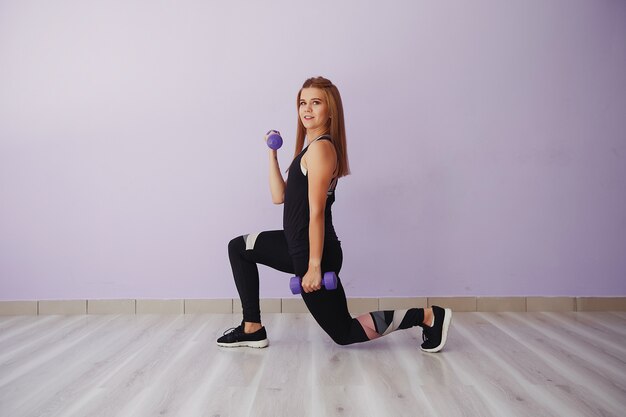Squats are a key part of any fitness routine, often seen as one of the most important exercises in the gym. They work multiple muscle groups at the same time. But is squatting right for everyone? This post dives into what you need to think about before adding squats to your workout routine.
Positioning the Barbell
To start, you need to place the barbell correctly. It should rest on the upper part of your trapezius muscle. To keep it there without much effort, you need good flexibility in the muscles inside your shoulder, like the pectoralis major, latissimus dorsi, and subscapularis.
If these muscles are tight, it can stress your shoulder joint and cause your lower back to arch too much. So, it’s a good idea to stretch these muscles first. This helps make sure the barbell stays in the right place, avoiding back problems.
Performing the Squat
Once the barbell is in place, you can start the squat. As you bend your knees and tilt your pelvis forward, these movements should happen together.
During knee flexion, your kneecaps should align with the center of your feet. This can be tricky if your knees naturally angle inwards or outwards. If you have this type of misalignment, be careful when squatting.
Also, if you can’t move your pelvis correctly, it can put a lot of pressure on your spine. Working on pelvis mobility first can help you squat more safely.
Heel Engagement: A Crucial Detail
It’s important to keep your heels on the ground as you squat down. If your calf muscles (soleus or gastrocnemius) are tight, your heels might lift. Using a shim under your heel just shifts the problem to your knees without fixing it.
Squatting: A Double-Edged Sword
Squats are great for working many muscles, but they come with risks. It’s important to check if the muscles used in squatting are flexible enough. If they’re tight, a specific stretching program might help.
Conclusion
To wrap it up, remember that no exercise works for everyone the same way. Everyone’s body and joints are different, so exercises should be chosen based on what suits you best. The aim is to get the most benefit while keeping the risks low. It’s about finding the right exercise for you, not necessarily the “best” one.







